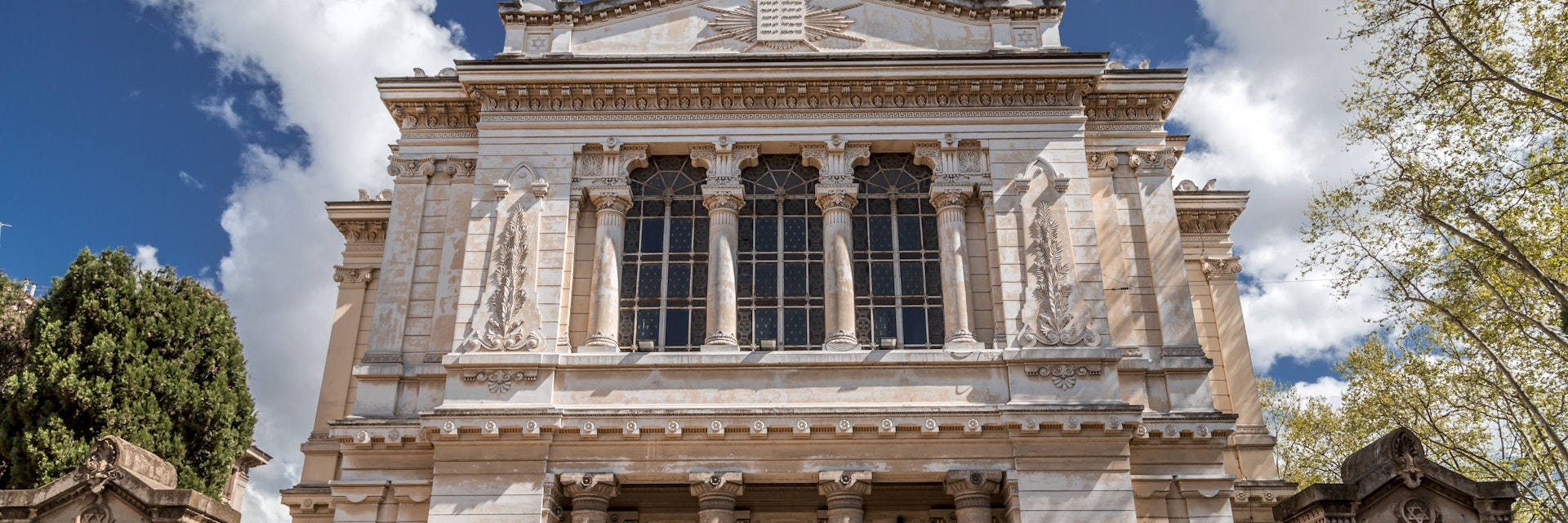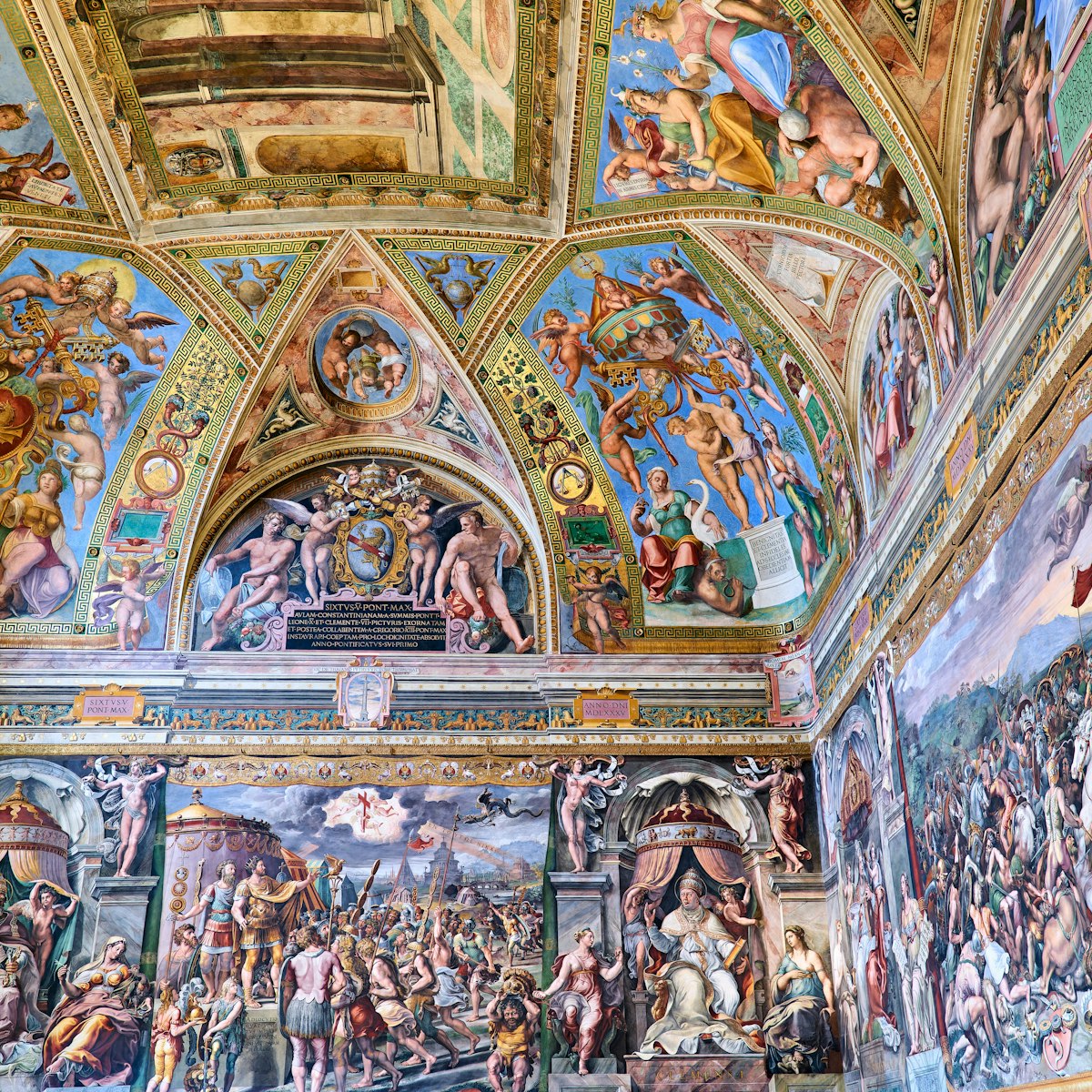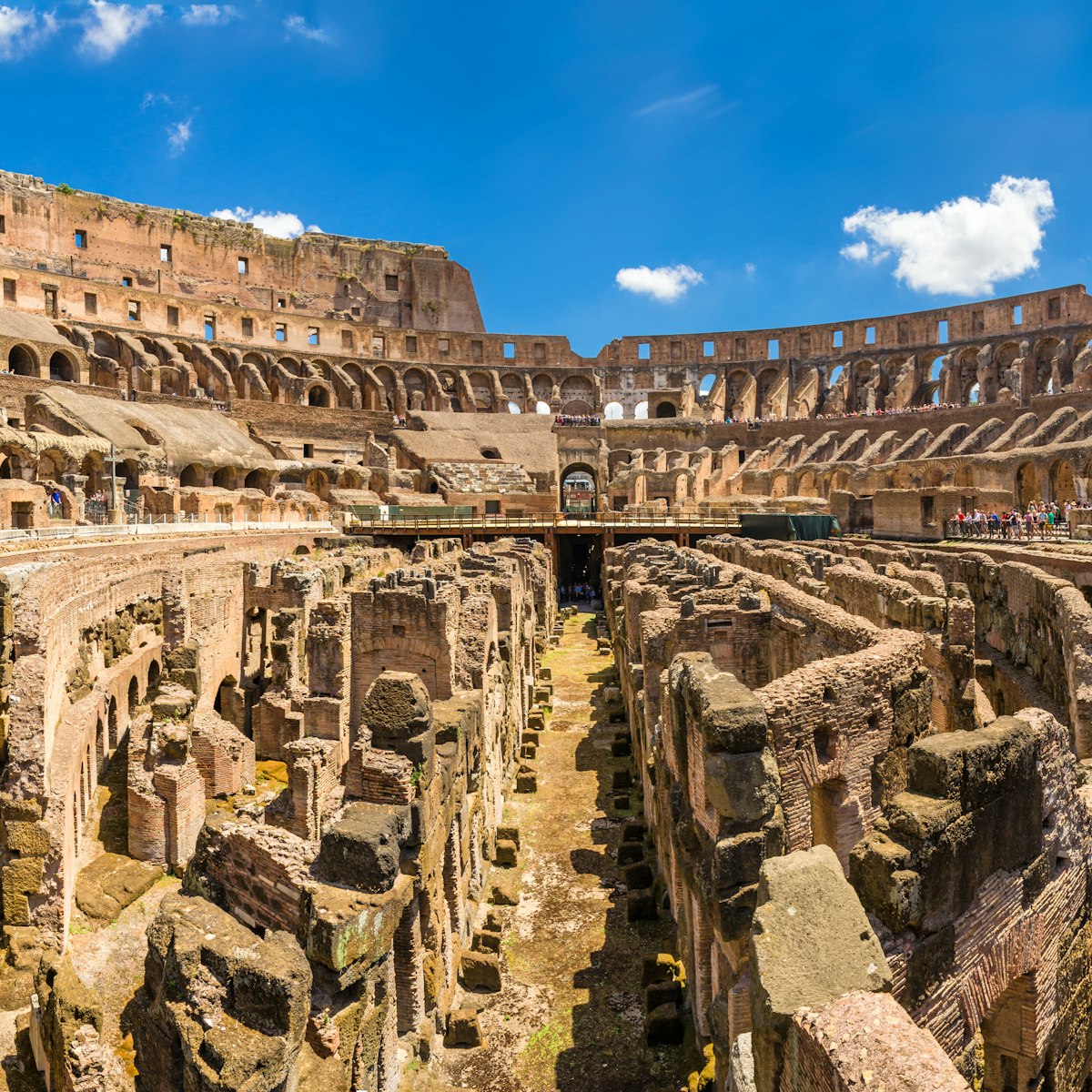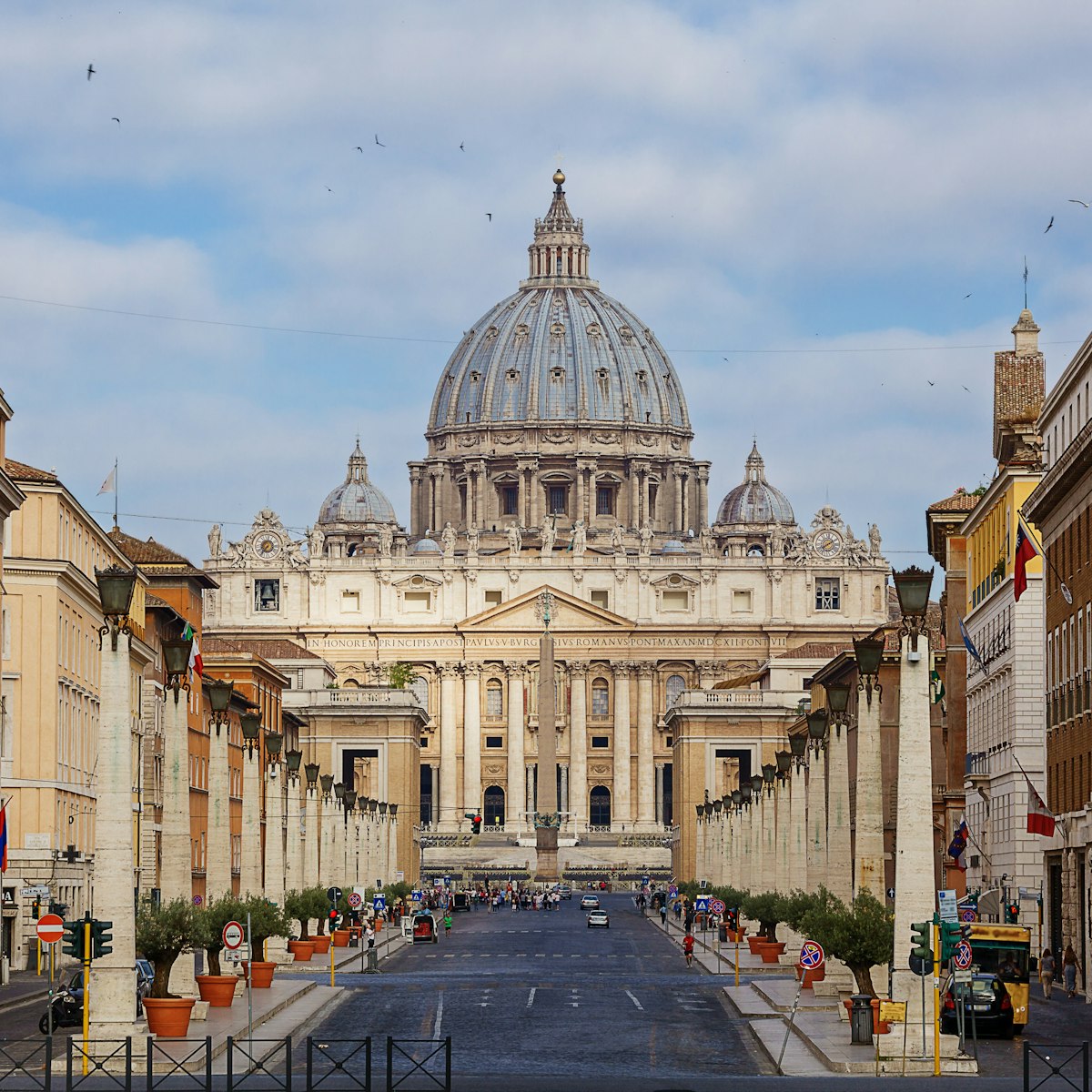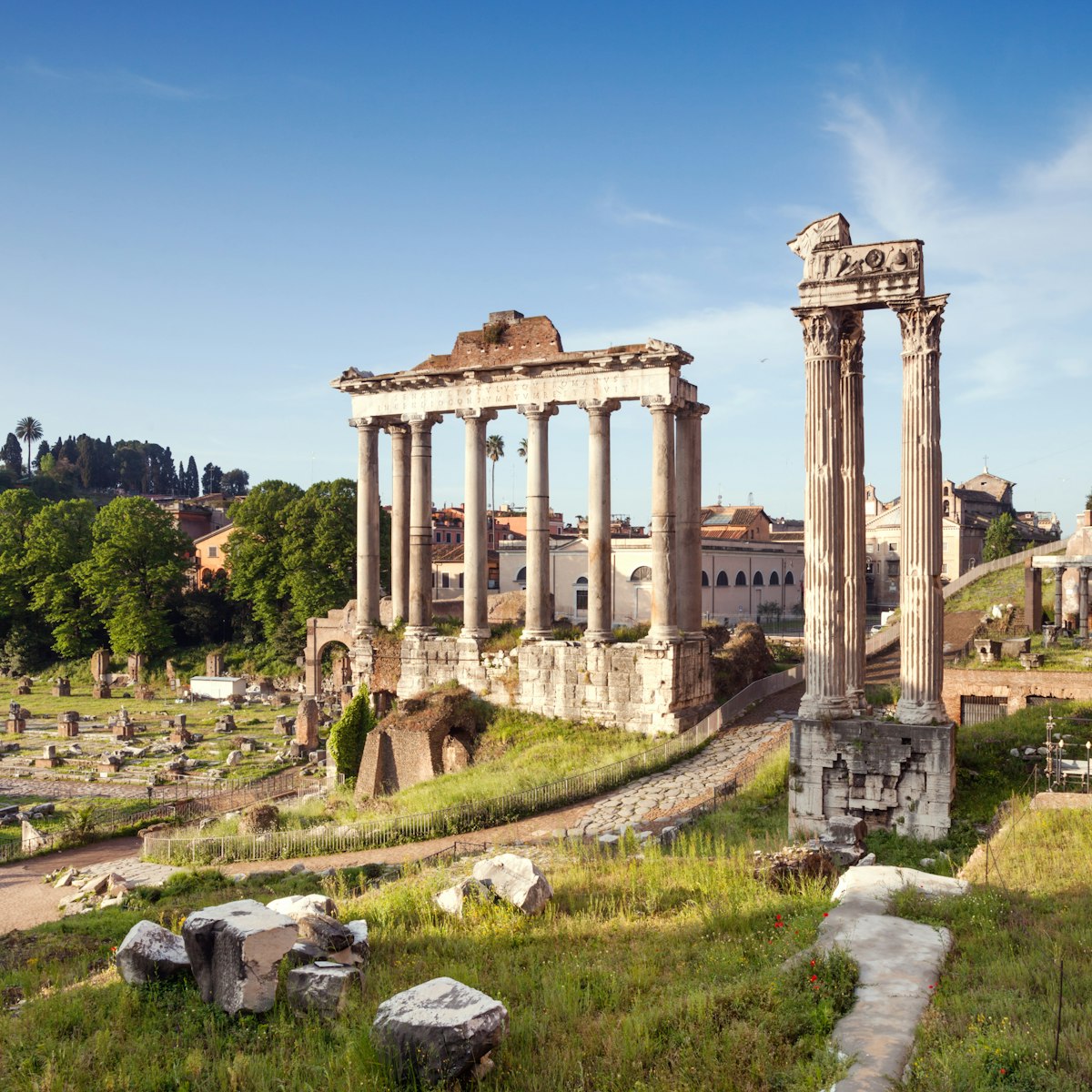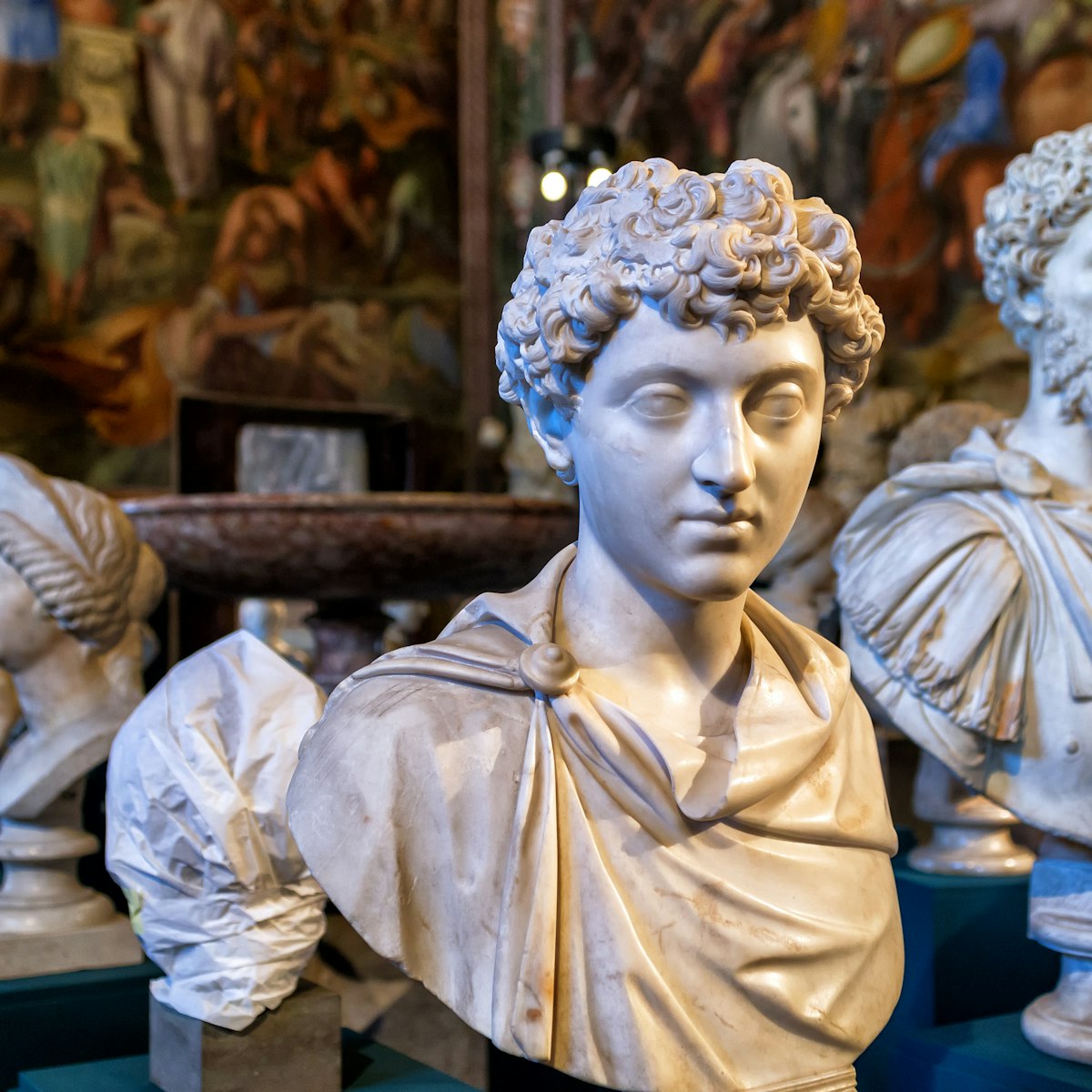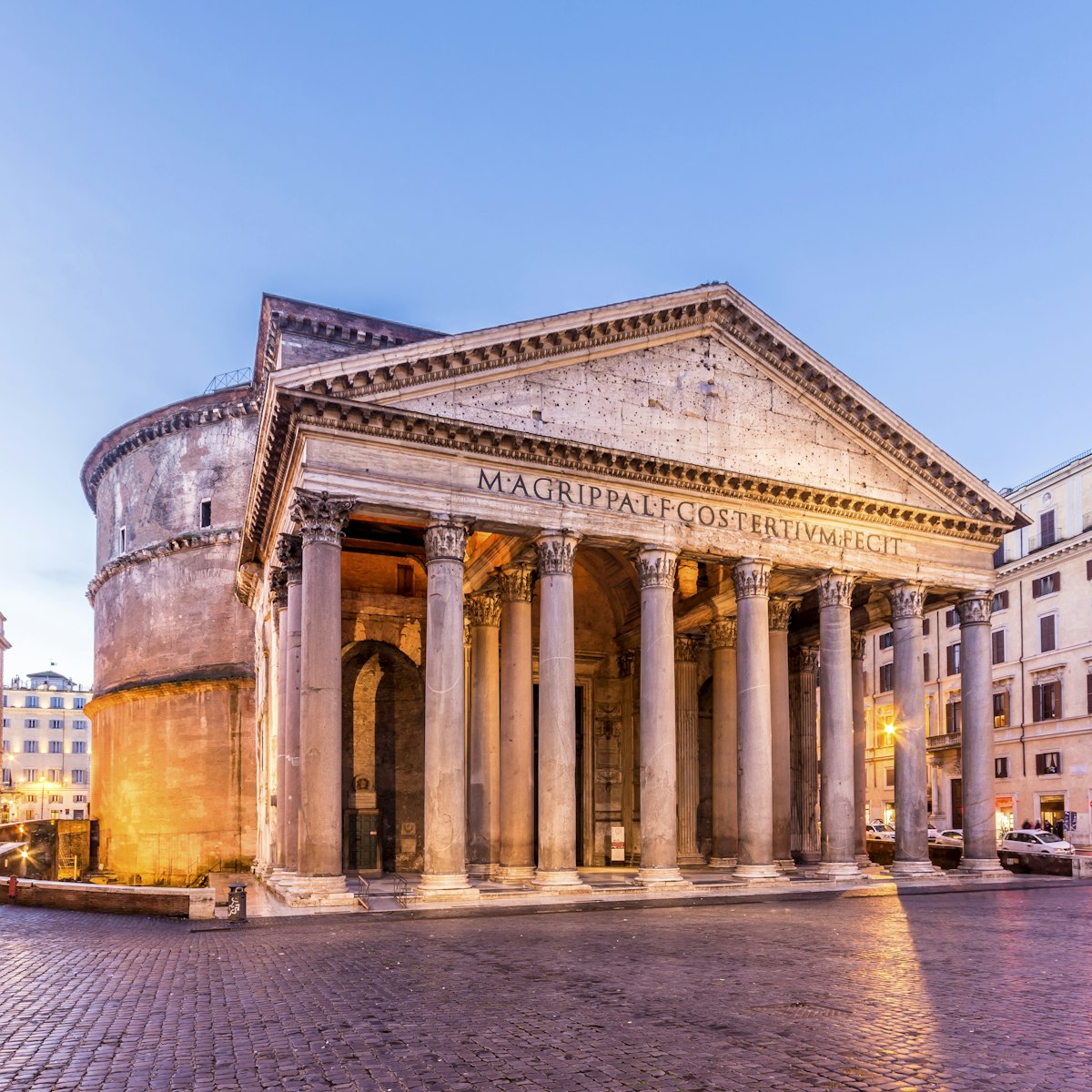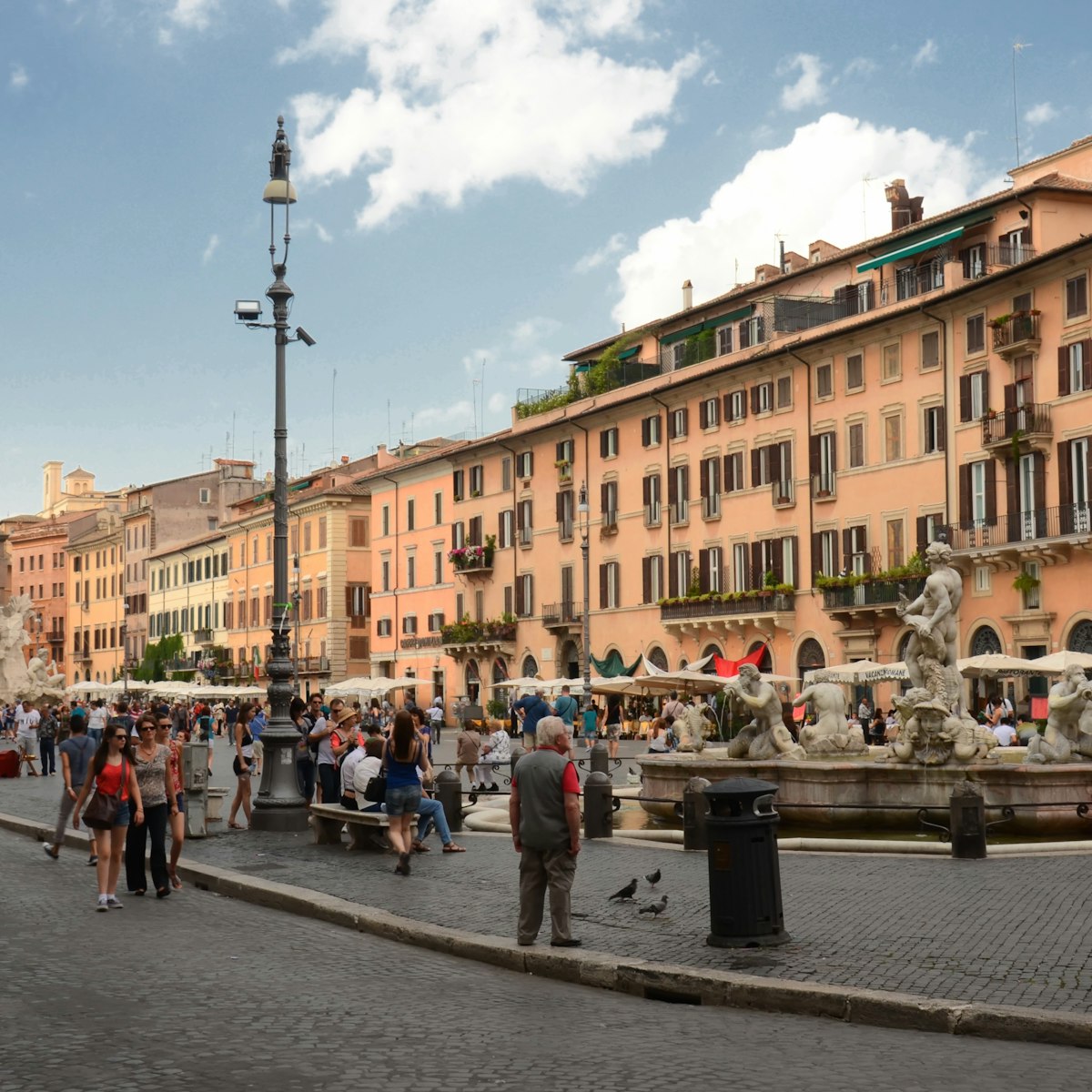The Jewish Ghetto, centered on lively Via del Portico d’Ottavia, is an atmospheric area studded with artisan's studios, small shops, kosher bakeries and popular trattorias. Crowning everything is the distinctive square dome of Rome's main synagogue.
History
Rome’s Jewish community dates back to the 2nd century BCE, making it one of the oldest in Europe. Historic documents dating as far back as 161 BCE, show that Jews of Palestine asked Rome for protection against the attacks of Hellenistic King Antiochus IV Epiphanes in Judea and Samaria. The alliance led to the first major migration flow – the Jewish population in Rome would grow to reach 40,000 in less than a century. Many more Jews arrived as slaves following the Roman wars in Judaea and Titus' defeat of Jerusalem in 70 CE.
Repression occured early on. Emperor Constantine (306 to 337 CE) prohibited Jews from using public offices or serving in the military. In 1215, Pope Innocent III forced Jews to wear a yellow or blue mark in public to be identifiable.
Confinement to the Ghetto came in 1555 when Pope Paul IV introduced a law that obligated the Jewish community to live in a walled quarter, whose two gates were locked at night. The period of official intolerance that lasted on and off until the 20th century, with waves of hatred, violence and discrimination happening until the end of the fascist era in the late 1940s.
Ironically, though, confinement meant that the Jewish cultural and religious identity survived intact to this day.
Eating in the Jewish Ghetto
Rome’s Jewish Ghetto has become a culinary destination where both locals and visitors can experience dishes that are prepared according to ancient traditions here and nowhere else. The signature dish of Judeo-Roman cuisine is the carciofo alla giuda (fried artichoke), found in every restaurant on Via Porto d’Ottavia and surroundings. Kashruth rigidly prohibits the consumption of meat and milk together, so apart from a few shared vegetarian delicacies, restaurants’ menus vary, serving either one or the other.
Ba’Ghetto, one of the oldest Jewish restaurants in Rome, has solved the problem of milk-meat contamination by opening three restaurants on Via Porto d’Ottavia – Ba’Ghetto, Ba’Ghetto Milky and Su’Ghetto, specializing in kosher Italian dishes. Nonna Betta and Bellacarne are great alternatives.
When it comes to sweets, the historic Pasticceria Boccione is worth the queue – the bakery’s torta ricotta e visciole, a cake filled with sweet ricotta cheese and sour cherries made following a 50-year-old recipe – has acquired legendary status in Rome.
Tips and other practicalities
As you stroll around look out for a series of brass cobblestones. These are memorial plaques commemorating the city's Holocaust victims: each one names a person and gives the date and destination of their deportation and death. They are placed outside the victims' homes.
To learn more about the history of the Jewish community in Rome, visit the Museo Ebraico di Roma, found inside the Great Synagogue, where seven galleries trace the story of the Ghetto through a collection of nearly 1500 objects and documents.
